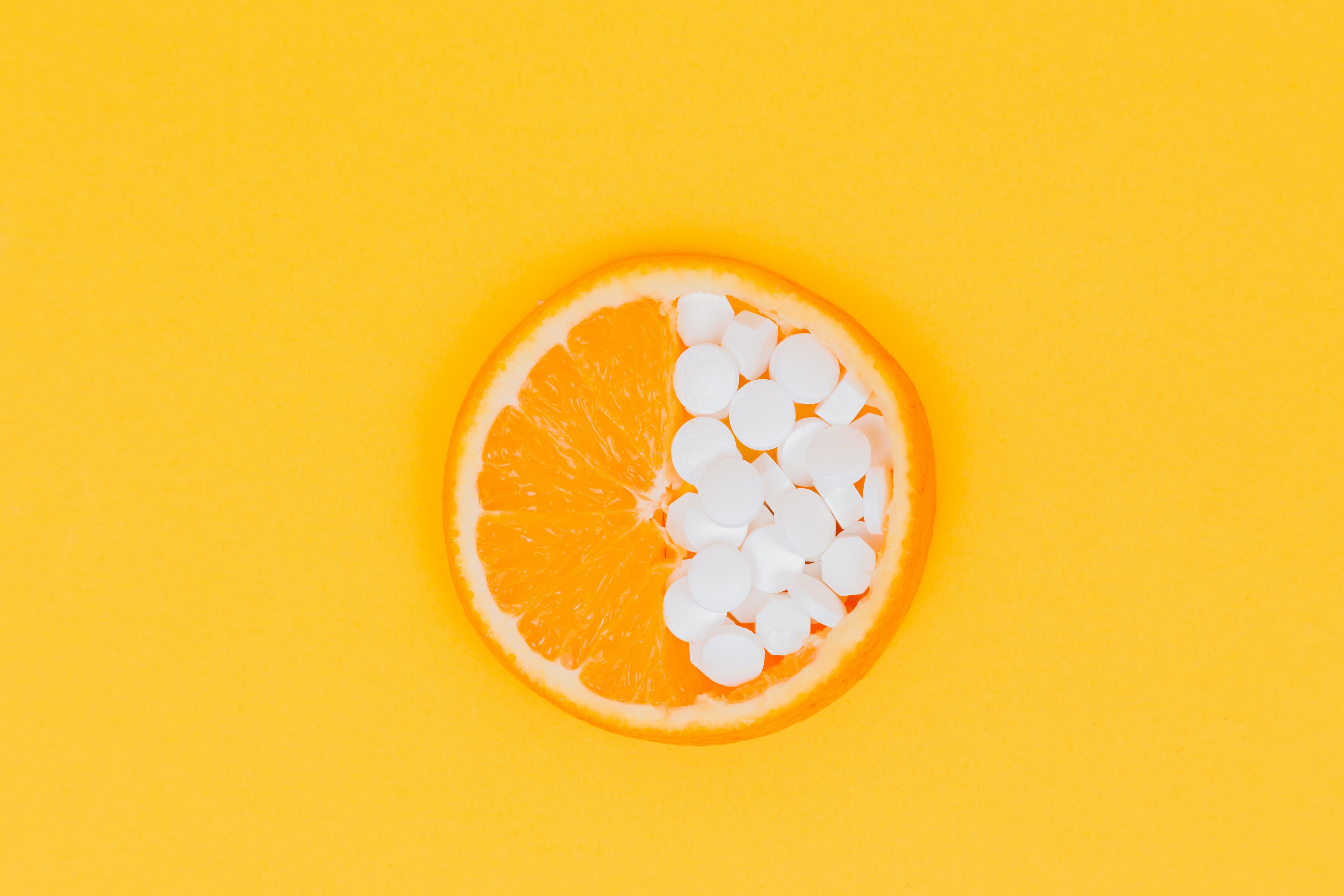Vitamins and minerals: what our body should never be lacking

Vitamins and minerals are essential elements in our diet, and along with carbohydrates, proteins and fats help our body to function correctly. Vitamins and minerals are involved in many bodily activities, including enzymatic reactions, muscle contractions, oxygen transport and bone formation.
What are vitamins and minerals? Where are they stored?
Vitamins are a heterogeneous group of organic substances, while minerals are inorganic elements that can be found free (in ionic form) or bound to other elements to form salts. Both vitamins and minerals can be consumed in the diet, but one important difference is that the former can be altered by cooking or heating foods, while the latter cannot. It is therefore of fundamental importance to ensure a correct and balanced diet ensuring the correct amount of these substances.
Mineral salts are divided into two groups:
- Macro-elements: minerals the body needs in large quantities for the functions they are involved in. Usually, these minerals are found in sufficient quantities in the body itself (grams or tenths of grams) and are: calcium, phosphorus, sodium, potassium, magnesium, sulphur and chlorine.
- Micro-elements: minerals found in small quantities in our body (from a few micrograms to a few milligrams) and are: iron, copper, zinc, fluorine, iodine, selenium, chromium, cobalt, manganese, silicon, nickel, molybdenum and vanadium.
Macro-elements like sodium, chloride and potassium help to maintain a correct water balance in the body, while calcium, magnesium and phosphorus are important for bone health; sulphur on the other hand is important, for example, for the hair, skin and nails. Micro-elements also play a key role in our body: iron, for example, carries oxygen into the tissues, fighting tiredness and fatigue and promoting normal immune function, zinc helps the blood to coagulate, is essential for taste and smell as well as improving immune responses, while copper is important for synthesising various enzymes, including those involved in iron metabolism and the production of haemoglobin.
Minerals are stored in the cells in different ways, and some may deposit more than others in some tissues. For example, calcium, magnesium and phosphorus are mainly found in the bones, while the liver is the organ responsible for storing iron.
Vitamins are divided into fat-soluble and water-soluble. Only the first (Vitamins A, D, E and K) can be stored in the liver and fatty tissues, while the water-soluble vitamins (in group B and Vitamin C) are not stored and are eliminated more easily by the body, in the urine, and their daily intake through nutrition is therefore important.
Furthermore, water-soluble vitamins are more easily degraded during food preservation and cooking, and the risk of short-term deficiency is greater, while the deficiency of fat-soluble vitamins can occur in the long term, and may be related to diets low in fat or lacking in some vegetables, but may also be due to malabsorption disorders.
Are vitamin deficiency and mineral deficiency related phenomena?
In some cases, for example with certain diseases, there may be a deficiency of one specific element, but we find that in most cases there is a concomitant deficit of more than one mineral and/or vitamin, as the various elements often cooperate in our body to ensure the correct performance of different functions. This is the case of vitamin D, for example, involved in the process of absorption or calcium and magnesium or vitamin C, which helps to absorb the iron contained naturally in some foods: patients with deficiencies of these vitamins may also have deficiencies of the respective minerals.
We should also remember that most nutrients (vitamins and minerals) contained in foods are absorbed, although through different mechanisms specific to each one, in the small intestine. People suffering from diseases, such as coeliac disease or other forms of malabsorption, which affect the correct functioning of this part of the intestine, can develop a deficiency of many nutrients, first and foremost iron, folates (vitamin B9), vitamin D and calcium, as well as other vitamins in group B, zinc, magnesium and copper.
How intake requirements differ between men and women and from season to season
Vitamin and mineral requirements vary according to a person’s age and sex, but is also strongly influenced by lifestyle, food habits and physiological conditions such as pregnancy and breast-feeding. Furthermore, short-term changes, such as the seasons, can also change the requirements of some nutrients, especially in the summer, when some of them tend to be eliminated more through sweating.
The reference levels for each nutrient were accurately defined in Italy by SINU, the Italian Society for Human Nutrition, and are summarised in the LARN tables (Levels of Recommended Nutrient Intake), which give the exact quantity of all minerals and vitamins, in the various age groups, for both men and women. In recent years, NRVs – Nutrient Reference Values – have also been introduced at European level for each nutrient, indicating the minimum daily amount of vitamins and mineral salts a person needs.
To guarantee the daily intake of each macro- and micro-nutrient, it is first of all fundamental to have a varied and balanced diet. With an intake of any given nutrient below the recommended level, there is a risk of hypovitaminosis or mineral deficiency. On the contrary, hypervitaminosis, or an excess of minerals in the body, are extremely rare conditions.
